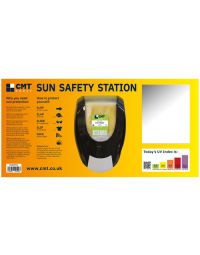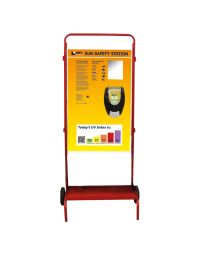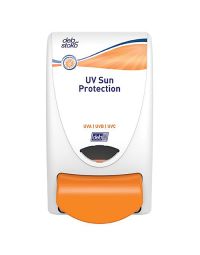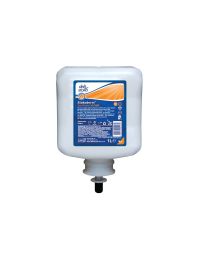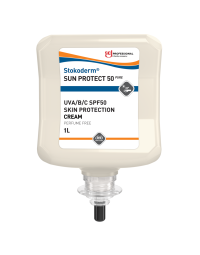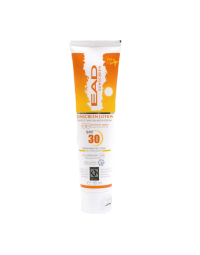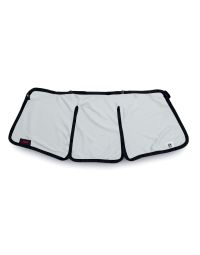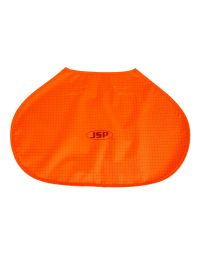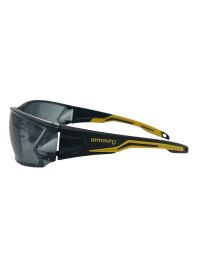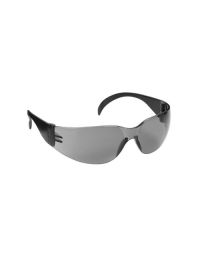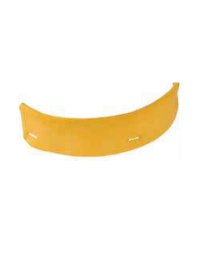The first documented description of skin cancer, specifically melanoma, was made in 1804 by French physician Rene-Theophile-Hyacinthe Laennec. Since then, our understanding of the disease has evolved significantly - especially when it comes to its causes. One of the most common and preventable risk factors is significant exposure to sunlight. While a 'summer tan' might be seen as healthly or attractive, its actually a sign that the skin has been damaged by ultraviolet (UV) light.
The Health & Safety Executive (HSE) has commissioned research identifying construction workers as being at significant risk of developing skin cancer. The most common cause being:
- Ultraviolet Radiation: Primarily from natural sunlight, and represents a major public health concern, particularly for outdoor workers.
The Heriot-Watt study found that many construction workers perceived a suntan as a sign of being "healthy." However, actual UV exposure was measured using the standard erythemal dose (SED), with a recommended daily limit of 0.3 SED. After fitting workers on construction sites across Scotland and London with UV sensors, researchers discovered that the workers were receiving significantly higher doses of UV radiation than the recommended limit, closer to the 2 SED, creating risk of sunburn. - Chemical Exposure: Some chemicals found in the workplace contain cancer-causing substances. The most significant has been Polycyclic Aromatic Hydrocarbons (PAHs) from products containing coal tar/pitch, a known lung carcinogen.
A meta-analysis of 39 occupational studies found that workers exposed to PAH has a 20% increased risk of developing cancer compared to those unexposed. Specifically, those who work in industries like asphalt work, the risk was even greater, at 28%.
How To Stay Protected
Naturally, some individuals are at greater risk of skin damage and skin cancer due to genetic traits. Extra care should be taken if you have any of the following characteristics:
- Fair or freckled skin that doesnt tan, goes red or burns prior to tanning
- Red/fair hair
- Light coloured eyes
- A large number of moles
These features indicate a lower level of natural protection from UV rays, and increase your vulnerability to sun damage.
However, even if you do not carry any of these traits, you're not invinsible. Everyone is at risk from UV radiation, and its essential to take protective measures.
Regardless of skin type or genetic background, UV exposure can cause lasting damage overtime, and everyone, especially those in the construction industry, should protect themselves as much as reasonable practicable.
So, how can you stay protected on site, while still being comfortable and productive? Here's a few simple, effective suggestions:
Wear Protective Clothing
-
Opt for long-sleeved shirts and trousers made from lightweight, breathable fabric
-
Choose light colours like white to reflect the sun’s rays
-
Use neck capes and wide-brimmed hard hats to shield your face, ears, and neck
2. Apply Broad-Spectrum Sunscreen
-
Use SPF 30 or higher
-
Apply 20 minutes before going outdoors
-
Reapply every 2 hours, especially if sweating
3. Protect Your Head and Eyes
-
Wear wide-brim hard hats or attach neck flaps for added coverage
-
Use UV-protective safety glasses or wraparound sunglasses to shield your eyes
4. Take Advantage of Shade
-
Spend breaks and lunch in shaded areas whenever possible
-
Rotate tasks during peak sun hours (11am–3pm) to limit direct exposure
5. Check Your Skin Regularly
-
-
Look out for new moles or changes to existing ones
-
Be alert for spots that change in size, shape, colour, or become irritated
-
See a doctor promptly if anything looks unusual
-


